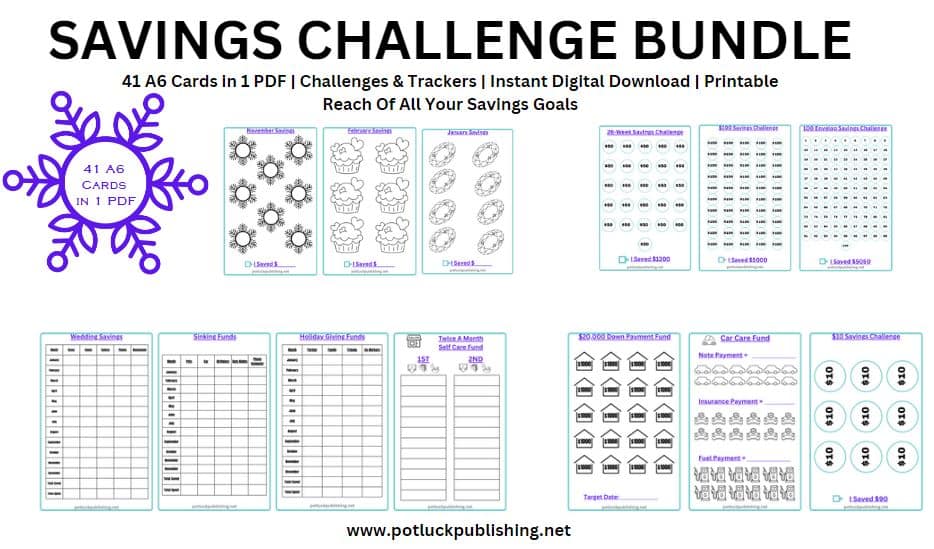In the realm of personal finance, effective budgeting serves as the bedrock upon which financial stability and prosperity are built. While various budgeting methodologies abound, one approach that has garnered acclaim for its simplicity and efficacy is the bucket budgeting method. By compartmentalizing expenses into distinct categories or “buckets,” this intuitive framework empowers individuals to allocate their financial resources purposefully, prioritize their spending, and cultivate fiscal discipline. Let’s explore the principles and practical applications of bucket budgeting, unveiling its potential to transform financial habits and fortify financial well-being.
At its essence, bucket budgeting entails the segregation of expenses into separate categories based on their nature, priority, and frequency. Typically, these categories encompass essential expenses (such as housing, utilities, groceries), discretionary spending (entertainment, dining out, travel), savings goals (emergency fund, retirement savings, debt repayment), and long-term investments (stocks, real estate, education funds). By delineating expenditures into these distinct buckets, individuals gain clarity and transparency regarding their financial obligations, aspirations, and discretionary spending leeway.
One of the primary advantages of bucket budgeting lies in its innate capacity to foster mindfulness and intentionality in financial decision-making. By assigning specific funds to each bucket, individuals are compelled to deliberate thoughtfully before allocating resources, weighing the relative importance of competing financial priorities and aligning their spending with their values, goals, and overarching financial strategy. This deliberative process engenders a heightened awareness of one’s financial habits and cultivates the habit of conscious spending, wherein expenditures are scrutinized for their alignment with one’s financial objectives.
Moreover, bucket budgeting promotes proactive financial planning and risk mitigation by earmarking funds for contingencies, emergencies, and future endeavors. By allocating a portion of income to an emergency fund bucket, individuals fortify their financial resilience and shield themselves against unforeseen expenses or income disruptions. Similarly, by designating funds for specific savings goals (such as a down payment for a home or a dream vacation), individuals can proactively work towards realizing their aspirations and milestones, rather than succumbing to impulsive or haphazard spending patterns.
Additionally, bucket budgeting facilitates greater accountability and progress tracking, as individuals can monitor their expenditure patterns within each bucket and gauge their adherence to budgetary targets. With the aid of budgeting tools or apps, individuals can effortlessly categorize transactions, visualize spending trends, and identify areas for potential optimization or restraint. This real-time feedback loop empowers individuals to make informed adjustments to their spending habits, address any discrepancies or oversights promptly, and stay on course towards achieving their financial objectives.
Furthermore, bucket budgeting engenders a sense of financial empowerment and autonomy, as individuals assume ownership and control over their financial destiny. Rather than feeling overwhelmed or constrained by budgetary restrictions, individuals perceive budgeting as a tool for empowerment, enabling them to allocate resources strategically, prioritize their financial goals, and make intentional trade-offs that align with their values and aspirations.
In conclusion, bucket budgeting represents a powerful paradigm shift in the realm of personal finance, emphasizing intentionality, clarity, and proactive planning. By adopting this methodological approach, individuals can cultivate fiscal discipline, optimize their financial resources, and navigate their financial journey with confidence and purpose. Whether striving to build an emergency fund, embark on a savings goal, or invest for the future, bucket budgeting provides a blueprint for financial success and empowers individuals to seize control of their financial destiny.

Leave a Reply